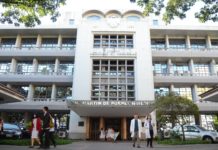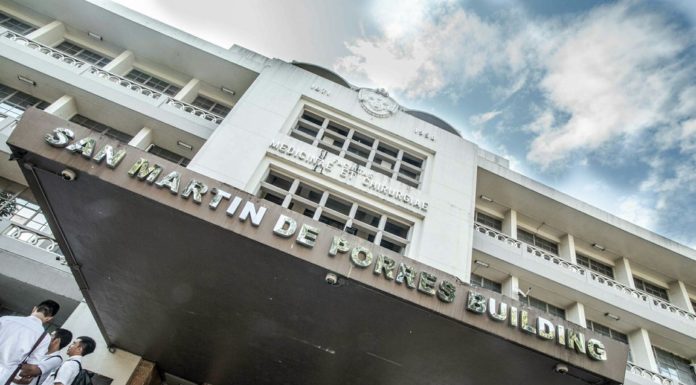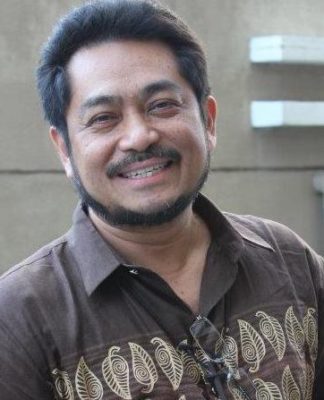UST IS now working on its own intellectual property policy and will soon put up an office to secure patents for inventions and scientific discoveries by University researchers, officials said.
An intellectual property office will be established under the Office for Research and Development (ORD) to help “students and faculty members (who have original inventions) protect their intellectual property rights,” said Clarita Carillo, assistant to the Rector for academic affairs in the seminar “Protecting Innovations and Creativity” last November 21 at the Thomas Aquiñas Research Complex Auditorium.
The Intellectual Property Office of the Philippines (IPO) will help UST in this undertaking, Carillo said.
Fortunato Sevilla III, assistant to the Rector for research and development, said a committee will be formed to finalize the draft intellectual property policy written by College of Science Dean Maribel Nonato.
“The Ched (Commission on Higher Education) is actually requiring universities nationwide to come up with (their own intellectual property) policies,” Sevilla told the Varsitarian.
It is important for the University to have its own intellectual property policy to define who owns an invention and who may earn from it, he added.
Carillo said UST wants to transform from being an “excellent teaching institution to a university grounded on research.”
“From the traditional transmission of knowledge and information, we would like now to move into the creation of (those) information,” Carillo said.
In the national setting, very few Filipinos bother to secure patents for their inventions, an official of the IPO said during the seminar.
Amelita Amon, Industrial Design and Integrated Division chief of the Bureau of Patents under the IPO, said foreigners investing in the country outnumber Filipinos in terms of patented inventions.
Data from the IPO showed a significant decrease in the number of locally patented inventions from 2004 to 2006.
In 2004, patents granted by the IPO to foreigners totalled 2,101, higher than the 819 local inventions that had been registered with the office that year.
The following year saw a 97-percent drop in Filipino inventions that were patented — only 22 gadgets against the recorded 1,644 foreign inventions.
The number increased to 143 in 2006, but still a far cry from 988 creations by foreign entities.
Amon, an engineer, said most patented inventions come from pharmaceutical companies, which is dominated by foreigners.
The UST alumna said Filipinos are more on the “mechanical side of things,” which gives them an edge over foreigners in “utility models.”
Utility models, also called “petty” patents, are only improvements made on earlier inventions, Amon said.
Amon said there were more Filipino than foreign-made utility models for the same three-year period. The reason maybe economics, Amon said.
“We also have Filipino chemists who have invented something that may be patented. The problem is they are driven to sell their inventions to foreigners because of poverty,” Amon said.

















